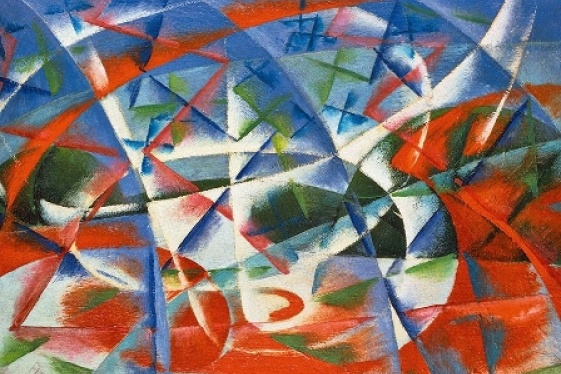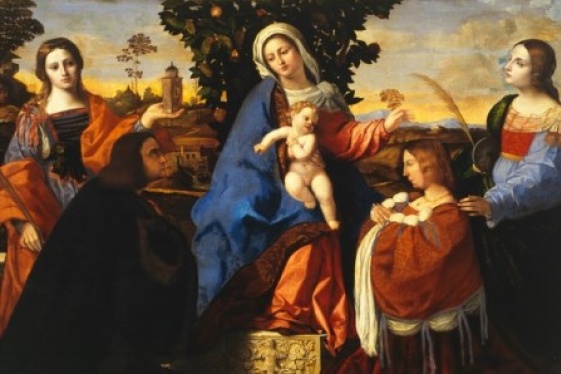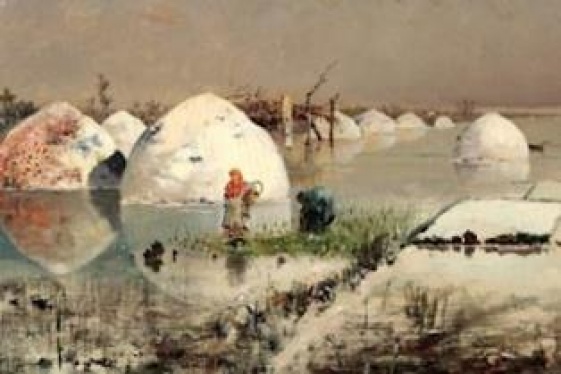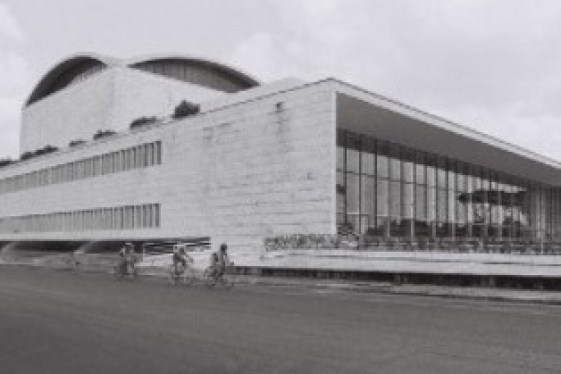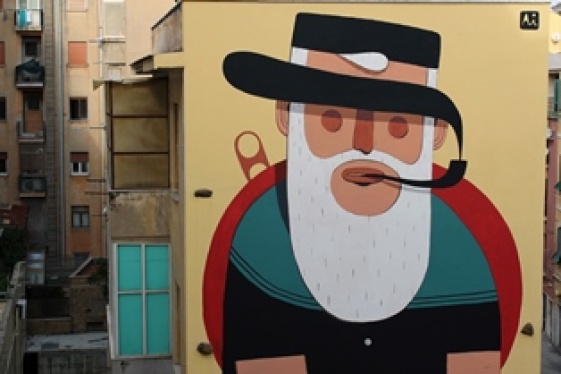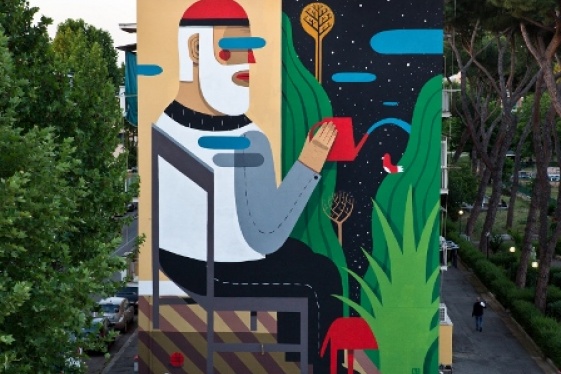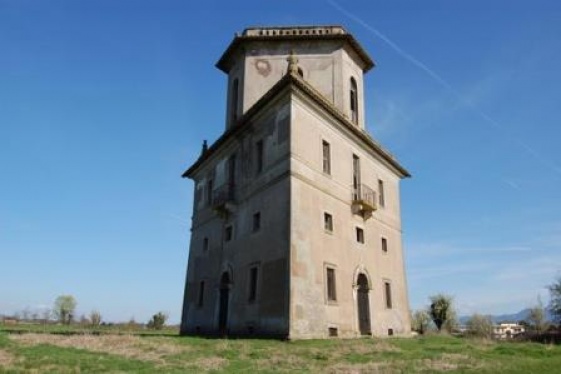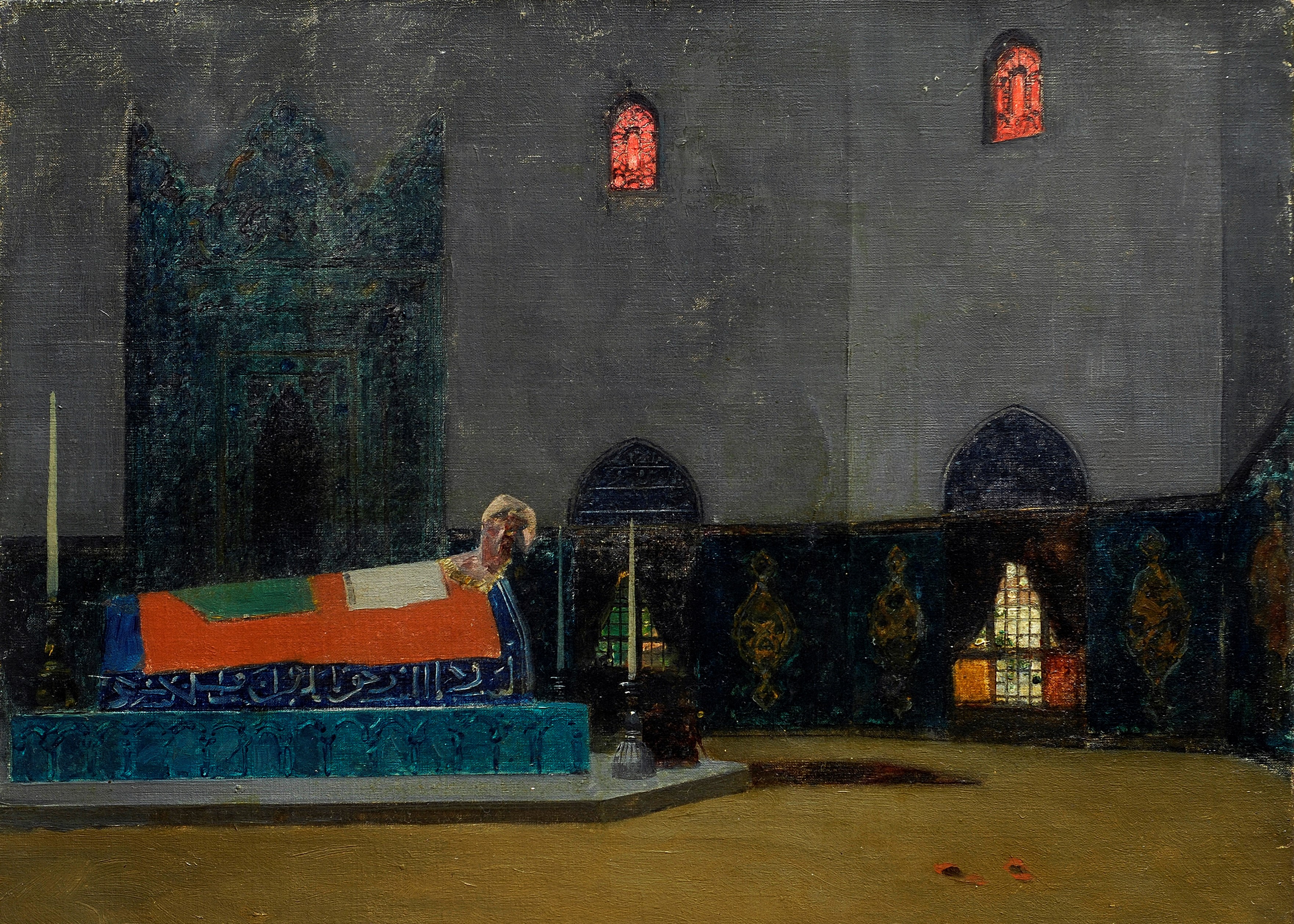

Fascinating and mysterious East, boundless and odalisque landscapes, suggestive ruins, faraway lands, wonders and exotic oddities. When the first translation of “Le Mille e una Notte” (“The Arabian Nights”) spread throughout Europe at the beginning of the eighteenth century, a new current of taste was born and soon became a real fashion for everything that came from Turkey, Persia and Egypt. This movement saw Alberto Pasini (Busseto 1826 - Cavoretto 1899), painter and traveller, as one of its most refined interpreters.
Pasini's painting distanced itself from the work of all the other interpreters of the orientalist season of the nineteenth century. He did not wanted to present the image of the East that the western public demanded and to which it was accustomed, but rather to create new images, opening an artistic dialogue with a different and distant culture, through the presentation from within of its contents, uses, customs and atmospheres.
Pasini invented a pictorial model and an artistic dialogue that became unique and that today, due to the importance of the theme, acquires a value and meaning of great relevance.
His activity as a painter of orientalist atmospheres began with an event that would mark his entire artistic career: in 1855, having just arrived in Paris, he was called upon to be part of a French diplomatic mission, charged with coming to terms with the Shah of Persia, in order to free him from Russian influence. It was one of the most important and adventurous diplomatic missions of the 19th century: during the Russian-Turkish conflict it was forced, in order to reach Tehran, to circumnavigate the Arabian peninsula, with the aim of keeping open a dialogue between Europe and the Middle East, with the instruments of culture and diplomacy.
On display at the Magnani Rocca di Parma Collection are presented, for the first time all together, the drawings, lithographs and paintings made by Pasini on the occasion of the mission.
We would have no document of this historic journey if it wasn’t for the memories of Count Joseph Gobineau, the first secretary, who accompanied Minister Prosper Bourée together with other officials; and, above all, if it wasn’t for the paintings, the drawings and the lithographs of Alberto Pasini.
The exhibition also presents the complete series of fourty drawings made in Persia; the series of twelve engravings published in the Illustration, Journal Universe; and the large paintings, among the very rare examples of large works made by the artist.
After returning to Paris in June 1856, following the end of the war, Alberto Pasini began to rework the drawings and sketches made during the trip and in the years following the Parisian Salon presented a series of large-format paintings, which would constitute one of the reference models for all Orientalist painting in the years to come.
There are works made in Istanbul, which will also be the main place depicted by the artist in the following years, and that he will decline in dozens of variations and solutions: from the great view of the Mosque of Yeni Djami, to the numerous market scenes, of which he will make over the years more than thirty versions, all different.
Many paintings have scenes depicting customs and traditions of the East where some oil paintings are accompanied by engravings that Goupil drew from them and that served to spread in Europe and America Pasini’s model of composition. Finally, there is an important representation of paintings of atmosphere and landscape that, thanks to a new interpretation of landscape painting, lead in the following decades many other artists to create comparable works. An Italian explorer, diplomat and painter, really an interesting subject for an exhibition hosted in one of the most fascinating places in Emilia Romagna.
You may be interested
-
Italian art: 6 things you probably didn't kno...
WTI Magazine #78 2016 April 15Author : Giulia Carletti Translation by: Born...
-
Italian art: A University turned into a museu...
WTI Magazine #63 2015 June, 27Author : Enrico De Iulis Translation by: A ve...
-
Italian art: Accademia Carrara
WTI Magazine #62 2015 June, 12Author : Enrico De Iulis Translation by: John Cab...
-
Italian art: Across the lighthouse
WTI Magazine #52 2015 January, 23Author : Enrico De Iulis Translation by: R...
-
Italian art: Agostino Iacurci
WTI Magazine #23 2014 Mar, 28Author : Enrico De Iulis Translation by: Alessandr...
-
Italian art: Agostino Iacurci's street art
WTI Magazine #81 2016 July 15Author : Enrico de Iulis Translation by: The l...
-
Italian art: Along the slopes of the Simbruin...
WTI Magazine #54 2015 February, 20Author : Enrico De Iulis Translation by: John...



